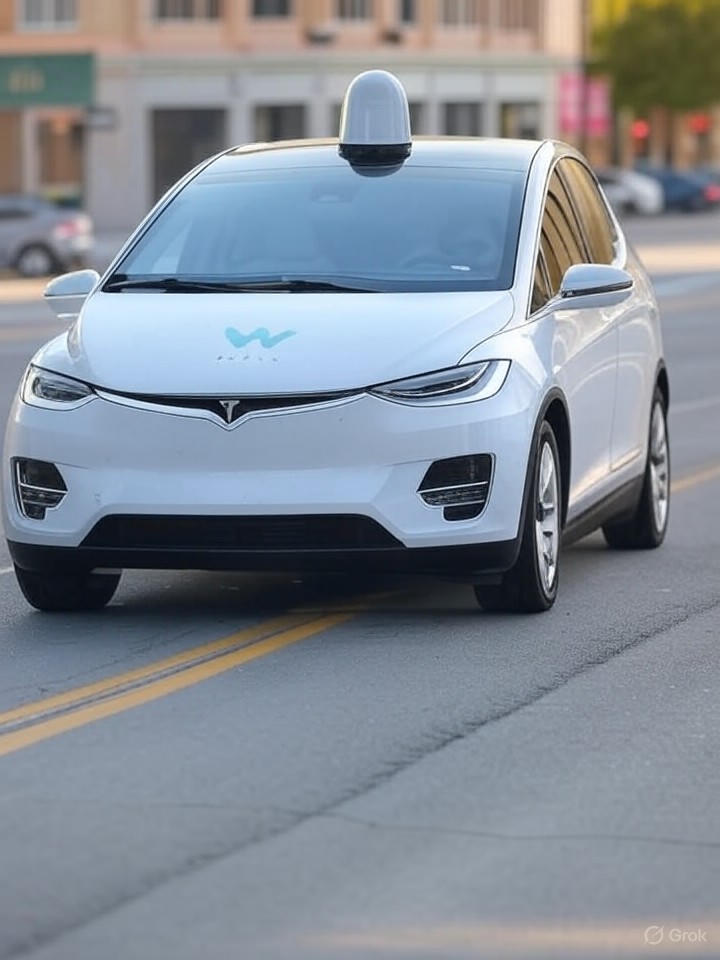The autonomous vehicle sector is witnessing a resurgence, driven by rapid advancements in artificial intelligence and sensor technologies that promise to redefine transportation. Companies like Waymo and Tesla are pushing boundaries, with real-world deployments highlighting both progress and persistent challenges. As of mid-2025, self-driving cars are no longer confined to test tracks; they’re navigating urban streets, hauling freight, and even entering consumer markets, signaling a pivotal shift toward mainstream adoption.
Yet, this evolution isn’t without hurdles. Safety concerns, regulatory scrutiny, and public skepticism continue to temper enthusiasm. Recent incidents have underscored the need for robust oversight, while innovators race to demonstrate reliability in diverse conditions.
Regulatory Waves Reshaping Deployment
States across the U.S. are responding to the proliferation of autonomous vehicles with new legislation aimed at balancing innovation and safety. For instance, lawmakers in Arizona, Louisiana, and Nevada have enacted rules this year to govern driverless operations, addressing liability and operational standards. These measures reflect a growing recognition that as self-driving tech scales, so must the frameworks ensuring public trust.
In Michigan, similar efforts are underway, as reported by the Michigan Advance, where self-driving vehicle technology advances prompt a wave of safety regulations. This regulatory push is crucial for companies expanding fleets, preventing the kind of setbacks that plagued early pioneers like Cruise.
Consumer Shifts and Market Disruptions
Public reception is evolving, with some users actively seeking autonomous rides. In Atlanta, Uber passengers are canceling human-driven trips to secure matches with Waymo’s self-driving cars, according to Business Insider. This behavior illustrates a burgeoning preference for automation, potentially accelerating adoption in ride-hailing services.
Waymo itself is eyeing expansion, planning to introduce self-driving rides in Washington, D.C., by 2026 after mapping streets and testing, as detailed by WUSA9. Such moves could normalize autonomous transport in dense urban areas, challenging traditional taxi models.
Breakthroughs in AI and Hardware
Artificial intelligence is at the heart of recent breakthroughs, with Volkswagen and Bosch collaborating on AI-driven systems for SAE Level 2-4 autonomy. Their approach, as explored in Autoweek, leverages machine learning to enhance decision-making, promising safer highway navigation.
Meanwhile, Tesla’s Elon Musk has touted an upcoming Full Self-Driving update with “less nag” features, reducing driver interventions, per Electrek. This follows announcements of a major upgrade with 10x more parameters, though past promises have sometimes fallen short, as noted in Automotive World.
Commercial and Consumer Milestones
On the commercial front, self-driving trucks are already operational in Texas, with companies like Aurora deploying them on Dallas-Fort Worth routes, as shown in a YouTube report from FOX. This application in logistics could transform supply chains by improving efficiency and reducing labor costs.
A landmark for consumers came from Silicon Valley’s Tensor, which unveiled the first fully autonomous car available for purchase, the Robocar, according to ABC7 News. Priced for early adopters, it integrates advanced AI for unsupervised driving, potentially democratizing access beyond ride-sharing.
Industry Giants Reentering the Fray
General Motors is gearing up for a comeback in autonomous tech, focusing on consumer vehicles after scaling back robotaxi ambitions, as reported by Auto123. This pivot emphasizes personal mobility, aligning with broader industry trends toward integration in everyday cars.
Looking ahead, these developments suggest autonomous vehicles could achieve widespread viability within the decade, provided ethical AI deployment and safety protocols keep pace. Innovations in self-driving labs, like those discussed in Nature Reviews Chemistry, hint at even broader applications, from chemistry to urban planning. For industry insiders, the key will be navigating this intersection of tech, policy, and market dynamics to unlock sustainable growth.




 WebProNews is an iEntry Publication
WebProNews is an iEntry Publication